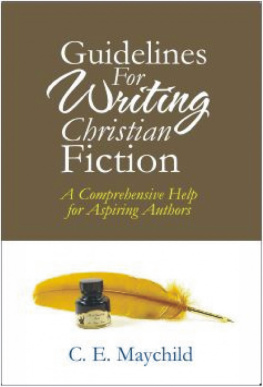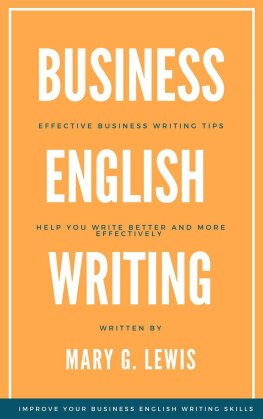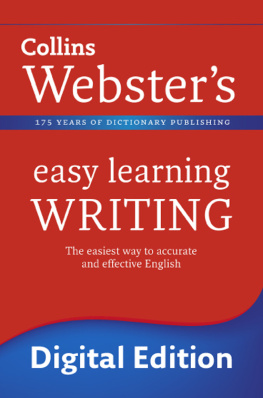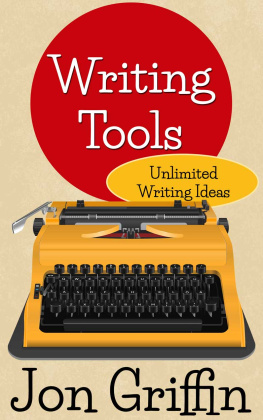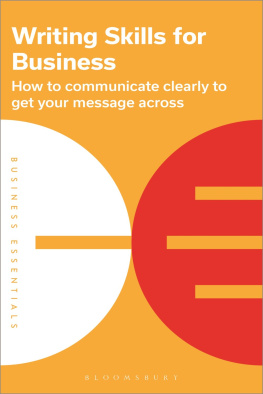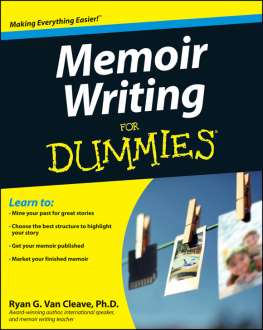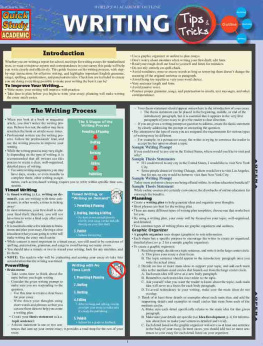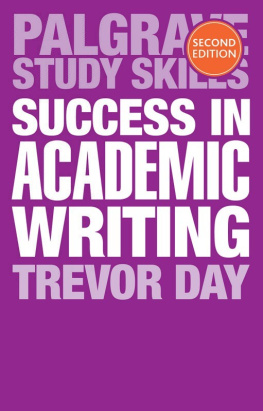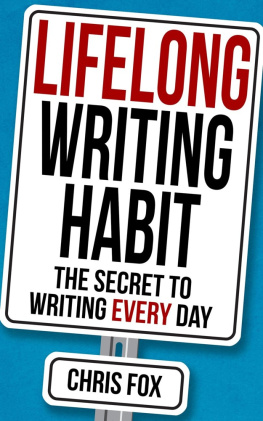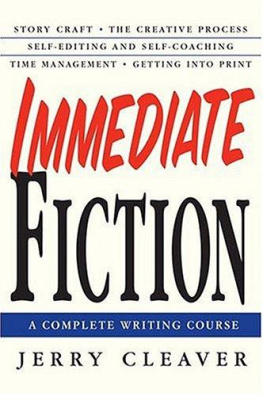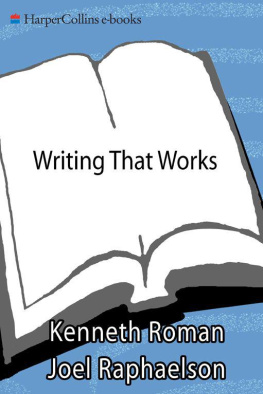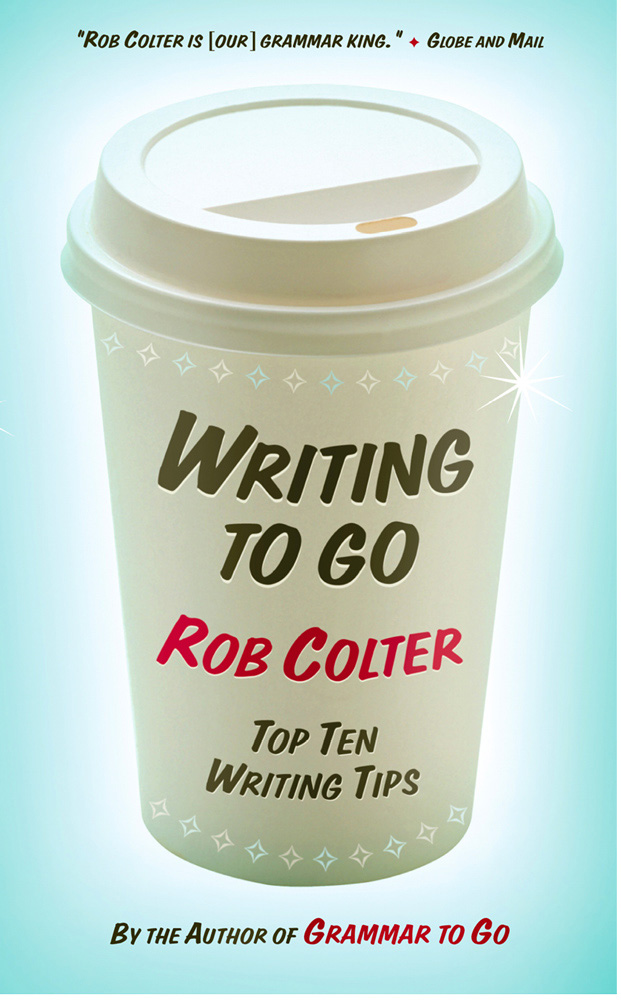
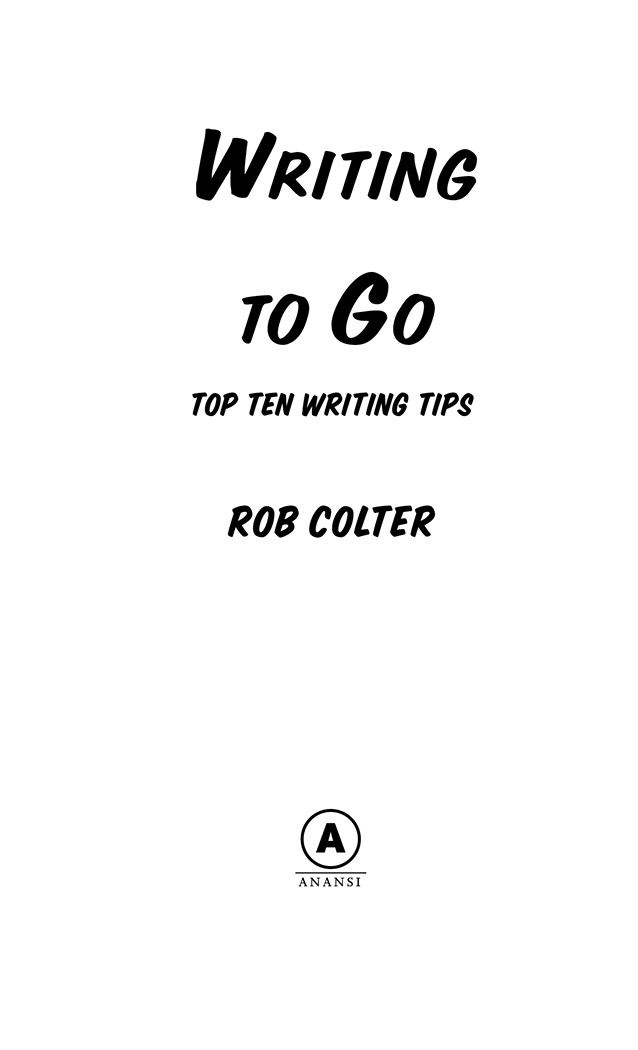
Copyright 2009 Rob Colter
All rights reserved. No part of this publication may be reproduced or transmitted in any form or by any means, electronic or mechanical, including photocopying, recording, or any information storage and retrieval system, without permission in writing from the publisher.
Distribution of this electronic edition via the Internet or any other means without the permission of the publisher is illegal. Please do not participate in electronic piracy of copyrighted material; purchase only authorized electronic editions. We appreciate your support of the authors rights.
This edition published in 2012 by
House of Anansi Press Inc.
110 Spadina Avenue, Suite 801
Toronto, ON, M5V 2K4
Tel. 416-363-4343
Fax 416-363-1017
www.houseofanansi.com
LIBRARY AND ARCHIVES CANADA CATALOGUING IN PUBLICATION
Colter, Rob Writing to go : top ten writing tips / Rob Colter.
eISBN 978-0-88784-938-1
I. English language Rhetoric Handbooks, manuals, etc. II. Electronic mail messages. I. Title.
PE1408.C64 2009 808.042 C2009-902833-6
Library of Congress Control Number: 2009929242

We acknowledge for their financial support of our publishing program the Canada Council for the Arts, the Ontario Arts Council, and the Government of Canada through the Canada Book Fund.
INTRODUCTION
You are a recent college or university grad, new to the workforce. Or perhaps you are a more seasoned employee, suddenly required to do more writing than you ever expected. You may be an accountant, an engineer, or a social worker. You may be involved in marketing, banking, or government.
What do you all have in common?
Confronted by a deluge of e-mails, letters, and reports, you lack confidence about your writing ability and find it difficult to complete your best work before the deadline. In fact, youre not sure you could recognize your best work even if you could produce it. As a result, writing is a constant source of stress, and you feel that your messages and documents contain more fizzle than sizzle.
How is it that so many well-educated employees find themselves in this dilemma? The answer is simple: the writing you did in school was very different from the writing you are expected to do in the workplace. The chart below compares the characteristics of each.
Academic | Workplace |
Writer-centred | Reader-centred |
Single format (essay) | Multiple formats |
Broad topic | Narrow topic |
Single reader | Multiple readers |
Research emphasis | Action emphasis |
Long deadlines | Short deadlines |
Complex language | Simple language |
Length prescribed | Length according to purpose |
Of course, essay writing requires analytical and critical thinking, logical organization, and sound grammar and sentence structure. All these skills are applicable to the workplace. But the workplace does not ask you to write an essay of 3,500 words, with a deadline of two months. More likely, you will be faced with 20 e-mails daily to respond to or initiate, several letters that needed to be couriered yesterday, and a report that is due in a day or two.
So much for writing as process! And yet writing is a process, and you cannot succeed at it unless you treat it as one.
This book is designed to give you the confidence to write with greater speed and impact. Speed will allow you to meet deadlines, and impact will ensure that your document is effective. Call it the circle of confidence: you need confidence to succeed, and every success increases confidence.
Writers who lack confidence often think that they are cursed, because they can always point to a friend or colleague for whom writing seems to be as easy as breathing.
If you are a writer who feels the curse, heres what you need to know:
- Writing is not a mystery to be solved, but a process to be learned.
- Writing is a skill, not an inheritance.
- Because writing is a skill, it requires knowledge of certain techniques.
- ecause writing requires technique, practice is essential for mastery.
- As with any skill, masters are few, but all can become competent.
Would you expect to become good at tennis if you rarely played it? You can look at writing in the same way. If you lack confidence in something, you tend to avoid doing it, and the avoidance chips away at your ability to perform the task to the degree that it is acceptable or enjoyable to you or to others.
Before you get farther into this book, heres a real-world question for you:
Q: Of the time available for a writing task, what percentage do you spend on planning, writing, and revising?
A: For most writers, a workable breakdown should be about 15 to 20 percent each for planning and revising and about 60 to 70 percent for writing , depending on the complexity and length of the task.
This means that if an hour is a reasonable length of time in which to complete a particular document, you have about 10 minutes each for planning and revising and about 40 minutes for writing. (This breakdown does not include time for research, should it be required.)
Because purpose and content are situational, these ratios will vary. If you take a few minutes more to plan, youll probably need a few minutes less to write. If you take longer to write, you might need a little less time to revise. No writing task is ever the same as the last one, but you must give fair attention to each stage of the process.
A young man once told me that he assigned 100 percent of his time to writing, with the explanation that since writing was the task, why waste time with planning and revising. Though his view was extreme, most people do assign too little time to planning and revising. Theyre anxious to get started. Theyre unsure how to plan, or they feel they dont have time to plan. They define revision as proofreading a spell-check followed by a quick scan for obvious errors.
Planning involves pre-writing. Revising involves rewriting. They are the bookends that support your finished product. If youve neglected to put either one in place, your writing will not be able to stand on its own.
This question of proportion embodies the framework of this book, which is divided into three sections: Think Before You Write; Write According to Plan; Apply Polish. Each section describes specific aspects of the writing process. Examples from workplace settings demonstrate how to accomplish your writing goals. Appendix A features examples of documents in which every step of the process has been used. If you apply these techniques to every document you write, the quality and impact of your writing will improve substantially from where it is today.
I have appeared on several television and radio programs, talking about language usage and conducting short quizzes. Most people wince at the very mention of the word writing, yet when you make a game out of it, they cant wait to give their answer. To stimulate your appetite for the answers, each chapter of this book begins with commonly asked questions, and self-tests are included in Tips Six and Eight. Many chapters also contain anecdotes illustrating problems common to all writers.
Next page

